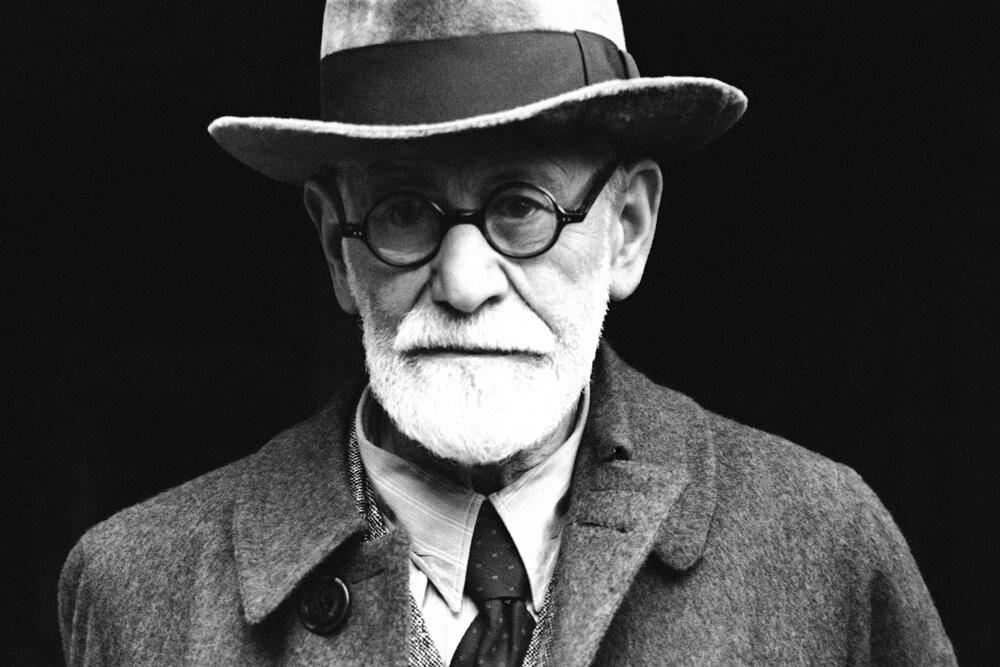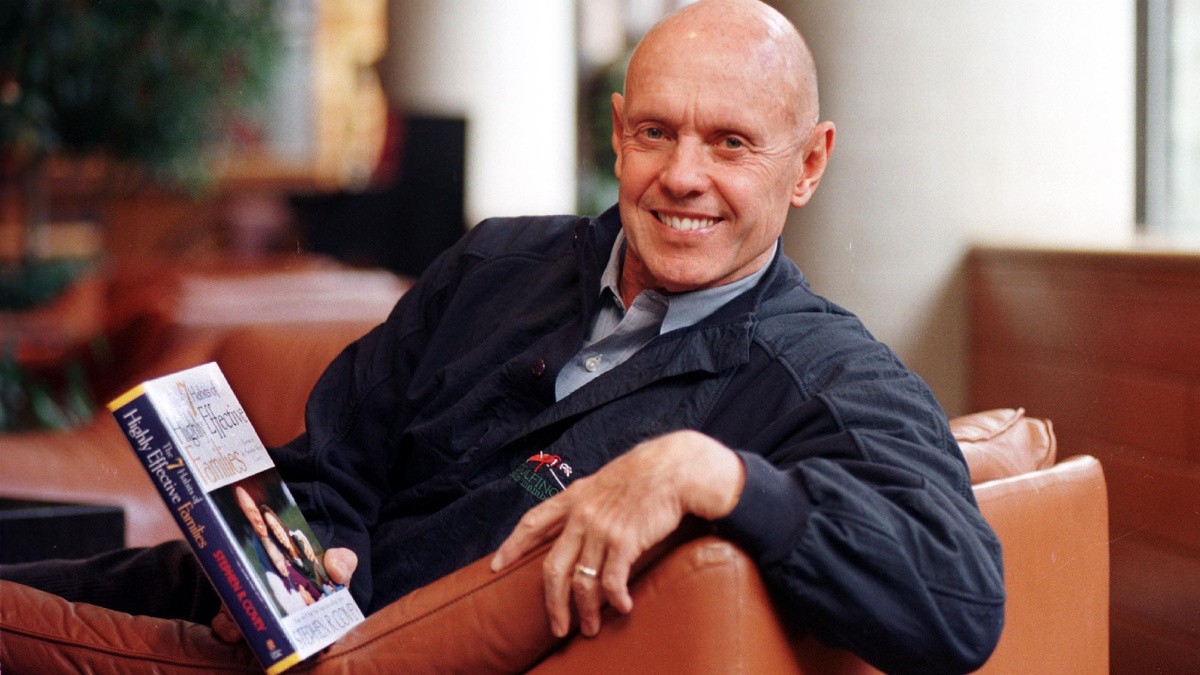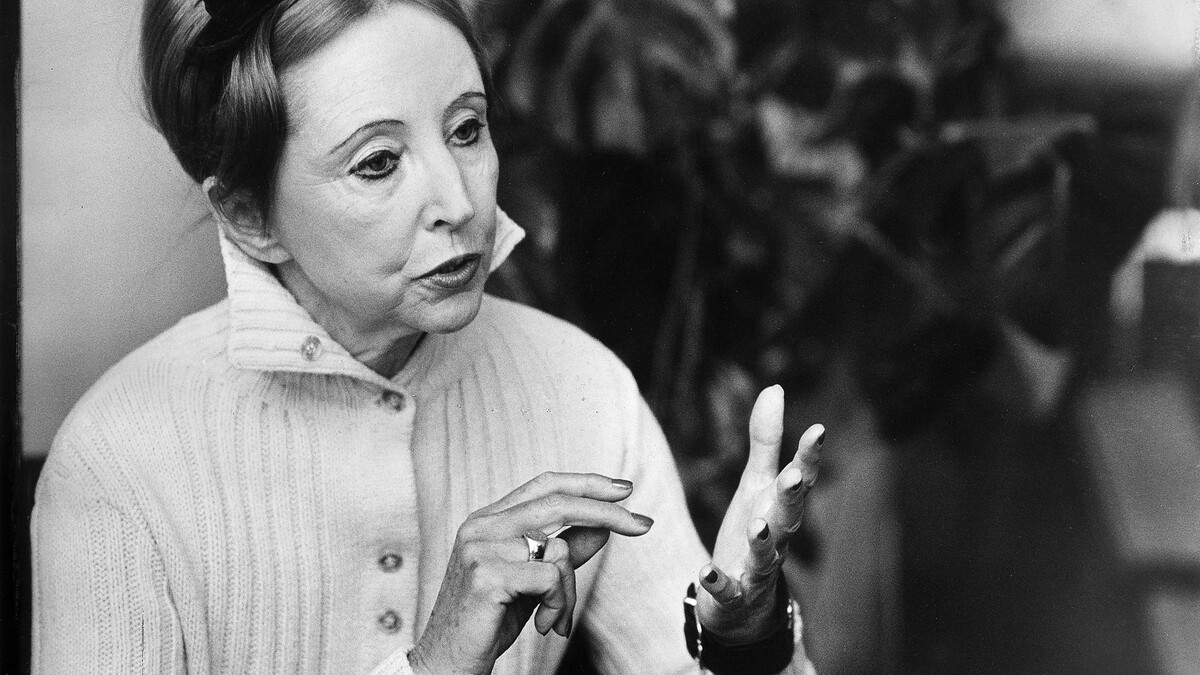Five Seconds to Know Everything About a Person: The Secret Service Trick You Can’t See Coming
There are moments when the world seems to pause. In a crowded room, amid the usual chatter, someone steps into view and you notice them with your whole body—not with words. They simply appear, smile, sit, and you already sense that something is off. A slight jaw clench, a breath drawn too quickly, fingers oddly clenched—these cues can signal danger or deception. They speak calmly and confidently, but inside a warning signal rings somewhere behind the forehead. This isn’t magic or a sixth sense. It’s a skill that can be trained. It’s not mysticism; it’s a practiced ability. The brain works faster than conscious thought. It builds quick mental maps of people and situations in those first moments. As Malcolm Gladwell writes in Blink, our minds rapidly judge who and what we’re dealing with—long before we have the chance to articulate it.

In This Article:
Why the First Five Seconds Decide Everything
There’s a paradox: we spend years teaching people to persuade—controlling voice, gestures, and expressions—yet the most honest information often appears in the very first five seconds, before any mask is fully in place. Studies from Princeton and Harvard show that the first impression forms in about one-tenth of a second. The brain then evaluates the tiniest details—eye contact, breathing, posture—to determine safety, truth, and trust. This is an ancient instinct that survives regardless of how polished someone looks. It’s why profilers, intelligence officers, and veteran psychologists can read a person like a book without words, listening instead to silence.

The Trick of the Agencies: What Pros Do in Five Seconds
When meeting someone new, there’s no time for long conversations. The first five seconds are the most precious. The body hasn’t lied yet, the face hasn’t settled into a role, and the familiar mask hasn’t fully formed. 1) Gaze: Where anxiety hides. Eyes aren’t a window to the soul, but they mirror tension. A too-direct stare or a rapid scan of the room can signal inner conflict. Tiny eye movements—like a minute tremor—often reveal what someone is hiding. 2) Micro-expressions: Truth in half a second. Subtle asymmetry of the lips, a fleeting eyelid twitch, a quick flash of fear or irritation—then the expression settles as if the face has “thought it over.” A careful observer catches this before it fades. 3) The body: It doesn’t lie. Posture tells a story: raised shoulders mean fear, feet pointed toward an exit signal a desire to leave, an overly rigid stance can be an attempt to project strength. 4) Inconsistencies: When words and body disagree. He may say he’s glad to meet you, yet his eyes look dead. He may joke while fists stay clenched. “I’m fine,” and palms sweat. The body often reveals truth faster than words. 5) Silence: The observer’s main tool. The pros don’t interrupt. In silence, the person becomes themselves—uncontrolled by practiced phrases or crafted gestures—and what you observe in that moment can be more revealing than any spoken line.

How to Apply This Method Yourself
This technique doesn’t require special training—only attention and the willingness to slow down. Step 1. Stay quiet. When someone enters, don’t smile immediately or shake hands. Just observe. Silence acts like a camera lens, catching the smallest details. Step 2. Look for tension. Where is it—lips, fingers, shoulders? Crossed legs, a drawn-in stomach, stiff movements are markers. Confidence is not a pose; it’s ease. Step 3. Feel your first impression. Do you want to move closer or back away? Don’t analyze—just notice it, and revisit it later. Step 4. Catch the flow of attention. Where does the gaze wander—to others, to the door, to the floor? Interest and anxiety reveal themselves when you know where to look. Step 5. Compare words and body. When they speak, do tone and gestures line up with what is said? Look for mismatches, because truth often hides there.

Mindful Practice, Clear Perception: Limits, Traps, and Small Steps You Can Start Today
First impressions can be accurate—but they can also be skewed by your past experiences. Don’t trust your instincts blindly. Three common traps to watch for: - Anxiety does not equal threat—the stressed person may simply be nervous. - A mask does not equal sincerity—a habitual smile can be a learned response, especially in toxic environments. - Familiarity does not guarantee safety—the manipulator may resemble someone from your past. The real skill is rebuilding your sense of a person through careful attention, not by rushing to judgment. It isn’t about control or manipulation; it’s about clarity and respecting the other person as they are, before they become ‘convenient.’ Small steps you can try today: every new person is a text, a map, a story. Read it without interrupting. Five seconds can reveal more than half an hour of conversation. And sometimes, when someone sits opposite you, you’ll understand them faster if you observe without thinking, like a blank page where every shadow and movement is revealed. Five seconds is your secret weapon. Do not trust words alone—watch, listen, and feel. What would you add? Share in the comments. Join my Telegram channel on psychology, self-improvement, and motivation. Thanks to supporters who contribute—your generosity helps create more useful content. If you found this valuable, please like and subscribe.

